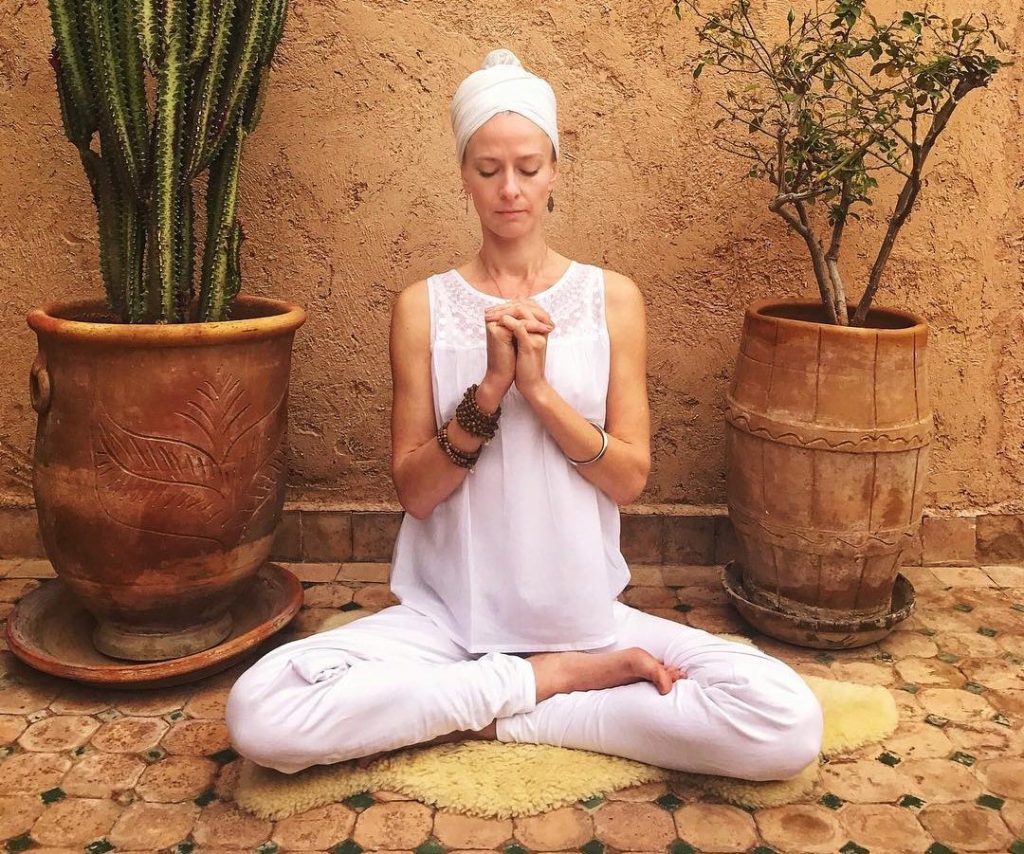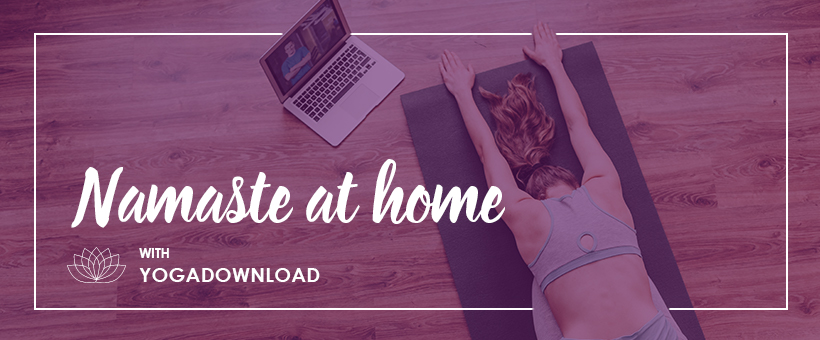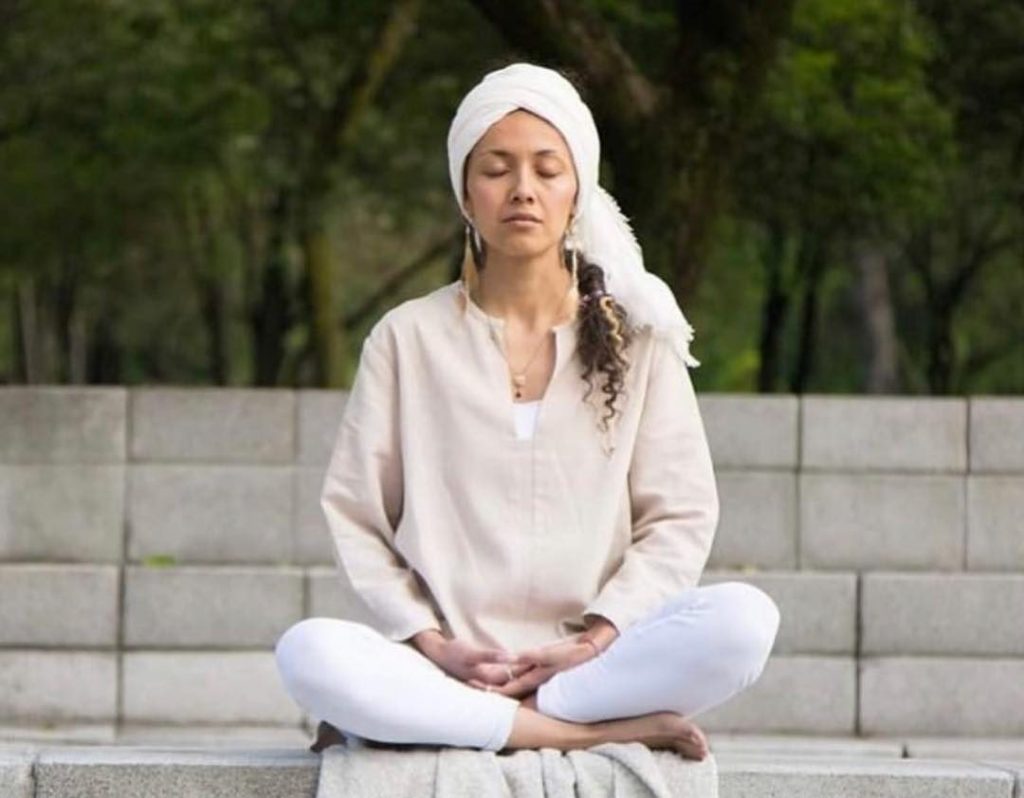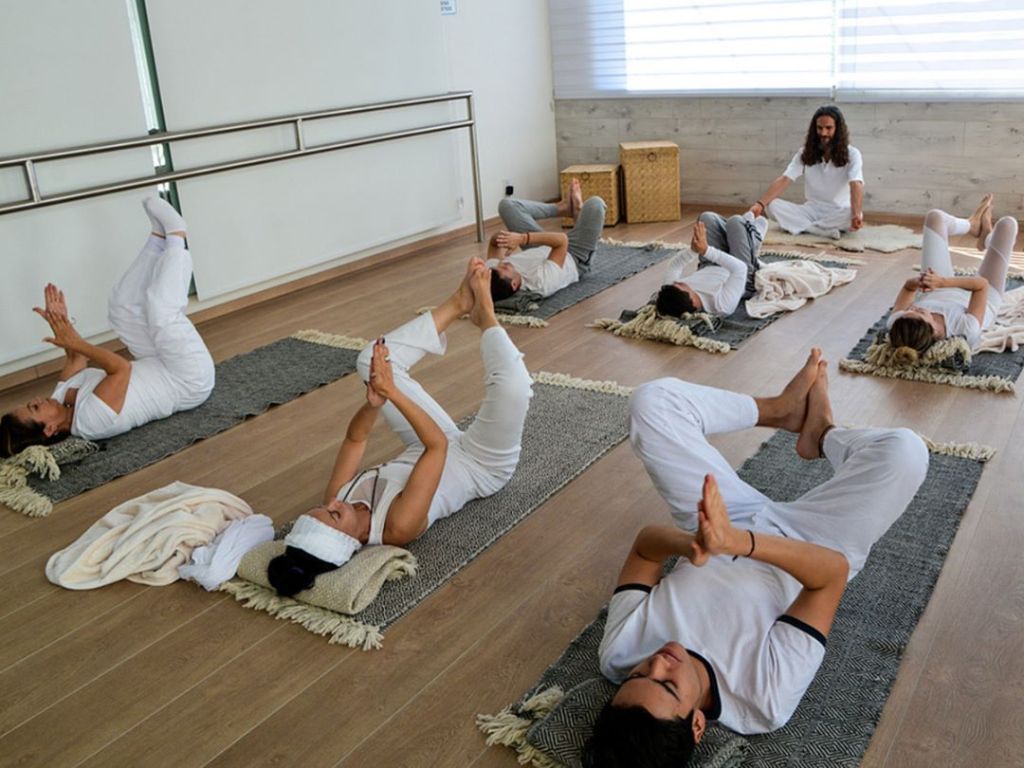Kundalini Yoga
Codified yoga, where the teachers, dressed in white, wear a turban on their head, Kundalini yoga could frighten Westerners. However, it is becoming more and more popular. But what do practitioners really come looking for in these classes? Some evoke a gain of meaning in their lives. Others are surprised to return to themselves, to their true nature. Kundalini Yoga is a yoga apart, which can be difficult to understand. Who is it for? What is its history? How do the sessions take place? And above all, what is its goal? Today I will explain everything you need to know about this very special yoga.
What is Kundalini Yoga?
Kundalini yoga is a type of yoga closely related to spirituality. It is often called "Original Yoga". Indeed, it is said to be the basis of all yogas. Its main characteristic would be that it relies more on yoga as a philosophy. Here the yoga postures are secondary. Or they are considered complementary, along with meditation, mantra chanting and breathing. These exercises follow one another during the session to reach little by little the goal of Kundalini yoga: awakening.
Indeed, Kundalini is often called the "yoga of awakening consciousness". It has a very strong spiritual dimension. In particular, it allows us to reach a new reality. But don't worry if this idea doesn't really speak to you, you won't need to adhere to it to practice it and benefit from it.
Yoga and Tantra
Kundalini yoga could be defined as the encounter between yoga and tantrism. However, Tantrism is seen here as a religious current. It does not have a direct relationship with sexuality as is sometimes thought. It is in fact an Indian doctrine, in which we find two polarities. For tantra, the masculine pole is an inactive, dormant energy and the feminine, an active and creative energy. The latter is also called Shakti. The Shakti energy would be found in the body in the form of Kundalini. It is a latent energy that needs to be awakened in order to awaken to oneself. I tell you more about it at the end of the article.
Kundalini yoga is therefore a type of yoga that will allow, through body movements and breath, to warm up this sleeping energy. The term "warming" is used because it is considered cold. Moreover, you will sometimes see it represented by a snake.
To awaken the Kundalini, it will also be necessary to remove the blockages in the mind that prevent access to it. The goal of Kundalini Yoga is therefore partly related to this objective. The overall goal of this type of yoga is to raise the energy of Kundalini. This, in order to feel better in body and mind.

A yoga made for everyone?
It's true, in general, we rarely make mistakes when choosing a style of yoga. Nevertheless, Kundalini yoga is truly unique. If you are planning to take your first yoga class thinking of practicing a physical activity that is open to everyone, you may have to go your way with Kundalini. On the other hand, if you are open to spirituality or if you already know a little bit about yoga, you may find in Kundalini Yoga a complete practice, both energetic and bodily. This style of yoga will have an effect on your emotions and on your unconscious blockages. Each session will leave you with a feeling of well-being and a better integration of your body. Finally, by helping to circulate vital energy, Kundalini yoga allows you to find a better physical and energetic balance.
History of Kundalini Yoga
You wonder what are the origins of this practice? In the 1960s, Harbhajan Singh worked in India as a customs officer and was in contact with many western travelers. At that time there were many hippies. Harbhajan noticed that these people came to India hoping to find something but often returned home unsatisfied. As if India had something to reveal to them about themselves and about life.
Initiated in Kundalini Yoga since his childhood and a recognized master, Harbhajan decided to settle in Canada and then in the United States as a Yogi Bhajan in order to transmit this style of yoga to the greatest number of people. Indeed, Kundalini Yoga was until then a codified practice that was transmitted only between initiates and designated persons.
But if Yogi Bhajan decided to reverse this trend, it is because he discovered many young people who had fallen into drugs at that time. He considered that Kundalini Yoga could help them. In addition, he thought that yoga would be very beneficial for the new era that was coming. He felt that the world would be undergoing great changes and that he would need Kundalini Yoga to help him through them. If you are open to spirituality, you should know that Yogi Bhajan was, at that time, talking about the transition to the Aquarian Age.
Thus, he founded the organization Healthy Happy Holy or 3HO. This organization helped his practitioners to balance their body, mind and energy through yoga. He thus shared in the West, the millenary techniques of Kundalini. This, in particular through classes for students at the University of Los Angeles. His goal was not to teach students, but especially to train teachers to spread this practice as much as possible.
After dedicating his life to the transmission of Kundalini Yoga, Yogi Bhajan passed away in 2004. Today, the Kundalini Research Institute perpetuates his teaching and helps to spread this new type of yoga throughout the world.

How does a Kundalini yoga session take place?
Kundalini yoga is a codified practice like Ashtanga. It therefore respects a certain sequence during each session.
A Kundalini yoga session will always open with the chanting of several mantras. The first " Ong Namo Guru Dev Namo " allows you to center yourself and take a moment to arrive on your mat. This mantra creates a beneficial common space to practice with other students. Afterwards, a mantra called "protection" is sung.
The most important part of the session consists of a series of Kundalini yoga also called Kriya. It is in fact a succession of codified postures. One can find a sequence of static or moving postures, to which are added pranayamas (breathing exercises) or chants.
Yogi Bhajan has been able to teach nearly 1,000 different series by giving very precise indications on the order of the postures or the time of execution. Your Kundalini yoga teacher will follow this precise order and guide you through each exercise. As in Vinyasa Yoga, each series also focuses on a specific theme such as "strengthening your aura", "becoming more resistant to disease", "harmonizing body and mind" or "improving spinal flexibility".
End of a Kundalini Yoga Session
After this series of postures, a meditation is usually done. It can be done while sitting, standing or moving. With or without visualization. These meditations, sometimes directly integrated into the series, are also codified and must respond to a particular theme.
Then, one passes into Shavasana for a moment of relaxation. Finally, the session is closed with new mantra chants, usually ending with the mantra "Sat - Nam" which means "My name is truth". It refers to the idea of divinity present in each of us.
Kundalini yoga classes are usually held in white, loose-fitting clothing, which refers to the White Tantra of which Yogi Bhajan was a master. The teachers also wear a white turban on their heads, another heritage of Yogi Bhajan and the Sikhism of which he was a practitioner.

Kundalini Yoga: Who is it for?
Kundalini Yoga is different from all the types of postural yoga you can practice. Compared to a Hatha or Vinyasa Yoga class, it doesn't always include a lot of dynamic postures. On the other hand, you will find a lot of singing and breathing exercises. This is why it is a practice that may not appeal to everyone.
If you want to discover yoga for the first time, and its spiritual aspect frightens you, this is obviously not the yoga that I recommend.
Having said that, it would be a mistake to define Kundalini Yoga as a spiritual practice that is inaccessible to some people. I believe that it does not necessarily imply being very open to spirituality in order to practice it. It's a bit like an energetic treatment given by a magnetizer. One may not believe in it but still receive its benefits.
Moreover, Kundalini yoga does not require to have practiced other styles of yoga to begin. Nor does it require to be in spectacular physical condition, since the practice of the postures remains quite gentle. However, it is a yoga considered to be intense or even very intense. This is mainly due to the breathing exercises, which are not always easy to practice. But I believe that it is mostly related to its intention. Indeed, as it consists in awakening you, Kundalini can have some effects on your mind and emotions. For example, you may experience fits of laughter or tears during the sessions. Similarly, you may feel more or less well after certain classes. However, keep in mind that in general, you will come out of your sessions with a lot of energy and a good feeling, just like after a classical yoga class.
Is Kundalini Yoga dangerous?
Some more traditional yoga teachers have a negative view of the practice of Kundalini yoga. This type of yoga is accused of being dangerous. Indeed, it is said that if Kundalini, the latent energy "unblocks" itself too quickly, it can create negative effects. One speaks in particular about emotional and mental imbalances in fragile people. For some teachers, Kundalini yoga plays with sensitive areas of the human body and can cause deleterious effects if not controlled.
That is why, as with a hypnotist, an energetician or any other professional who works with your mind and your energies, it is best to turn to a Kundalini yoga teacher who inspires confidence and who knows what he is talking about. However, some sessions may shake you up particularly. If this is the case, do not hesitate to come back to him to discuss it. His goal will also be to accompany you at the end of the session if the session was too strong emotionally.

Kundalini Yoga: a spiritual yoga criticized?
Practitioners of Kundalini sometimes say that this practice has "revealed them to themselves" or "taken a veil off before their eyes". It is therefore legitimate to ask what is so special about this type of yoga.
Often it is the predominance of the spiritual dimension of yoga that may be of particular interest to you in Kundalini Yoga. You may be looking for it more than the sport activity itself, to which yoga is sometimes summed up. For example, if you are looking for "personal development" or "awakening", Kundalini Yoga may be of benefit to you. However, I believe that all types of yoga also have a part of spirituality, which should not be neglected. For example, you will find references to chakras in all classes. This idea of chakra is however directly derived from the trantra and therefore from spirituality. Kundalini Yoga is therefore certainly more spiritual in practice, but it is not the only spiritual yoga.
Sometimes it is said that Kundalini Yoga can awaken you quickly, but for many of its detractors this is quite risky.
So, know that all yoga classes will unblock emotions, body tensions and release your energy to gradually awaken you. However, this is done naturally and at your own pace. You don't try to provoke it and that's the difference with Kundalini Yoga. It is this notion of "provoked change" that seems to pose a problem for some professionals about Kundalini Yoga.
Moreover, if Kundalini Yoga is sometimes seen as a UFO, it could not be summed up in its spiritual side. As a yoga practice, it also helps to strengthen the body, regenerate blood circulation and strengthen the immune system. Therefore, it also has more concrete benefits, like those found in other types of yoga. Practicing Kundalini therefore means doing good to both body and mind and one can seek one or the other of these benefits.
What is Kundalini?
Kundalini is considered to be the energy of the root chakra. In sleep, it is located in the genitals between the legs. However, when it awakens, it rises to the crown chakra above the head. Normally this energy rises gradually from the bottom to the top of the body throughout our lives. It will evolve with us as we go through our life experiences, awareness and trials. But some exercises can make it rise faster. This is the case with the practice of Kundalini yoga and energy treatments. However, if the Kundalini energy shows up too quickly or if it is not controlled, it can also cause symptoms. Headaches, anxiety attacks or even dissociations of the mind (hallucination, psychosis)?
But then what is the purpose of a Kundalini ascent? For the followers, it would have several benefits:
- increase its overall energy
- change one's vision of oneself and of life
- develop new strengths
- make decisions in a clearer way
- develop one's inner wisdom
- move away from suffering

You now know everything you need to know about Kundalini Yoga, its history, its benefits and the questions it raises. Namasté.


